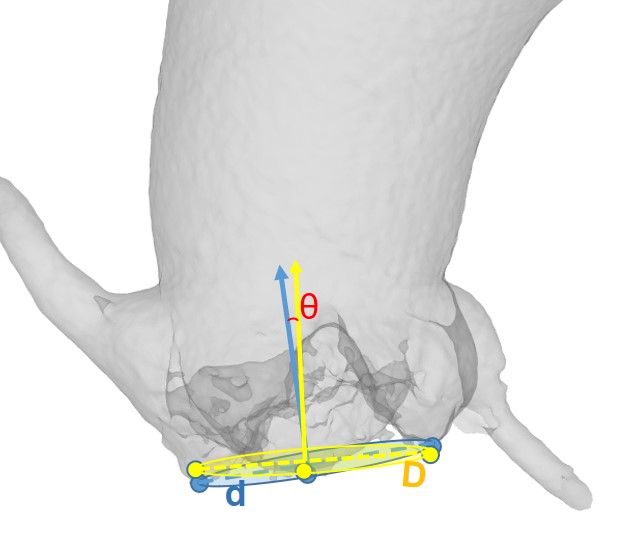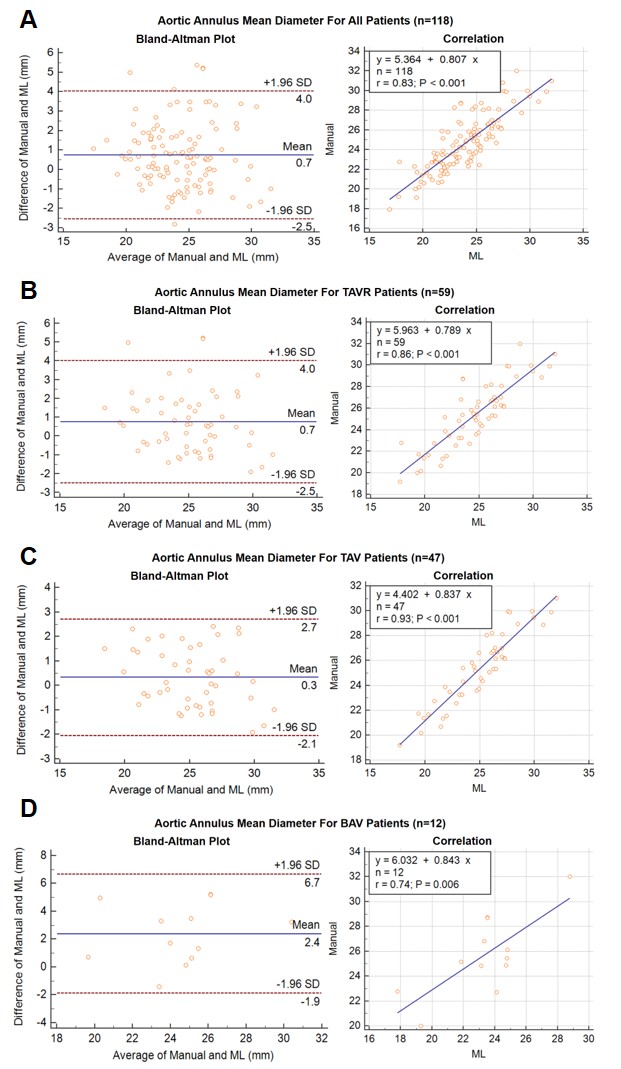Lots of interesting abstracts and cases were submitted for TCTAP 2024. Below are the accepted ones after a thorough review by our official reviewers. Don’t miss the opportunity to expand your knowledge and interact with authors as well as virtual participants by sharing your opinion in the comment section!
TCTAP A-051
Feasibility and Accuracy of Three-Dimension Aortic Valve Annulus Planimetry on Cardiac CT Angiography: A New Full Automatic Deep Learning Method
By Xinlei Wu, YiQiu Jiang, Ahmed Elkoumy, Xiaodong Wang, Osama Soliman, Xinmin Zhang, Daozhu Wu, Lianpin Wu
Presenter
Xinlei Wu
Authors
Xinlei Wu1, YiQiu Jiang1, Ahmed Elkoumy2, Xiaodong Wang3, Osama Soliman4, Xinmin Zhang1, Daozhu Wu1, Lianpin Wu1
Affiliation
The Second Affiliated Hospital of Wenzhou Medical University, China1, Galway University Hospital, Ireland2, Suzhou Peixin Technology Co., Ltd, China3, National University of Ireland, Galway, Ireland4
View Study Report
TCTAP A-051
Digital Health and Artificial Intelligence
Feasibility and Accuracy of Three-Dimension Aortic Valve Annulus Planimetry on Cardiac CT Angiography: A New Full Automatic Deep Learning Method
Xinlei Wu1, YiQiu Jiang1, Ahmed Elkoumy2, Xiaodong Wang3, Osama Soliman4, Xinmin Zhang1, Daozhu Wu1, Lianpin Wu1
The Second Affiliated Hospital of Wenzhou Medical University, China1, Galway University Hospital, Ireland2, Suzhou Peixin Technology Co., Ltd, China3, National University of Ireland, Galway, Ireland4
Background
Accurately and rapidly determining the annular plane in patients with aortic valve disease is a crucial step for Transcatheter aortic valve replacement (TAVR). We have recently developed a fully automated deep learning (DL) method that enables rapid detection of the morphology of the annular plane based on cardiac CT angiography (CCTA). The aim of this study is to assess the feasibility and accuracy of the annular plane using the ML method compared with manual annotations labelled by a trained expert.
Methods
The DL algorithm was implemented and trained using the PyTorch framework (Facebook's AI Research Lab FAIR, USA). The size of the annular plane was quantitatively compared by the mean diameters identified manually and automatically. The orientation of the annular plane was determined by comparing the angle between the normal vectors of the two annular planes (Figure 1).


Results
A total of 126 CCTA at the systolic phase were included from patients (n=63) referred for TAVR and the control group (n=63). Of the 126 cases, 122 (96.8%) were successfully analyzed by the algorithm. Two cases with bicuspid aortic valve (BAV) were mistakenly identified as tricuspid aortic valve (TAV), and another two experienced algorithm interruption (Figure 2). The correlation of annular plane diameters between manual and DL methods was good to excellent for these groups (BAV groups [n=12], R = 0.74; TAV groups [n=47], R = 0.93; TAVR groups [n=59], R = 0.86; and all patients [n=118], R = 0.83) (Figure 3). The angular orientation error was (2.5±1.8)° for the TAV subgroup, and (5.3±3.6)° for all expected BAV patients.




Conclusion
The new automated DL method allows accurate quantification of aortic annular plane dimensions with high feasibility. An excellent correlation for the TAVR group suggests the use of this method in clinical practice as a potential tool before TAVR procedure.

